Last week, we discussed ways to get books & materials for students, and methods of reimbursement. As always, I really enjoyed everyone’s contributions to this discussion! I think this fall, I’m going to try charging a non-refundable enrollment fee that reserves the student’s place in the studio and goes towards books & materials. If the entire amount is not used, it will be used towards maintenance of the lending library. We’ll see how it goes. I think it will be much easier than my current method of waiting for reimbursement each time. =)
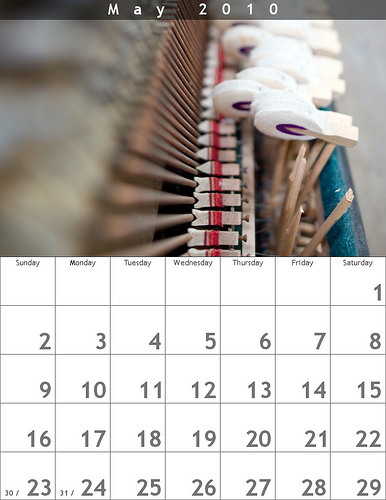
Today, I’d love to start a discussion about group lessons! Next week, we’ll talk about the benefits of group lessons and what kind of concepts can be covered — but today, we are just going to talk about the logistics of scheduling and planning group lessons.
So, tell us:
How often do you hold group lessons — monthly, or bi-monthly? (And what do you call them: group lessons, studio classes, or something else?) Do group lessons replace the lesson for that week, or do you teach privately in addition to the group lesson that week? How long do your group lessons last?
How do you find a time that works for everyone? How many students do you place in each group? Do you divide your students into groups by age, or by level (or a combination of the two)? If a student/parent decides they don’t want to participate in group lessons or their schedule doesn’t permit it, what do you do?
That was a lot of questions, I know, haha! But I’m very curious to hear about how you all make your group lessons work for your studio. Leave your thoughts in the comments below. =)
Photo Credit: Rick Harris | CC 2.0
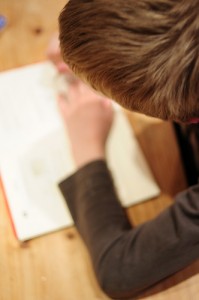 Last week, we talked about the logistics of having group lessons — how often, how to schedule them, etc. — and we received a few great responses. Thanks so much!!
Last week, we talked about the logistics of having group lessons — how often, how to schedule them, etc. — and we received a few great responses. Thanks so much!!

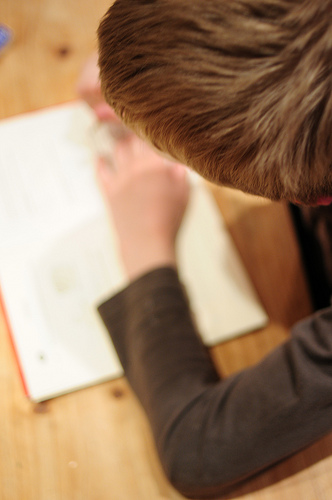


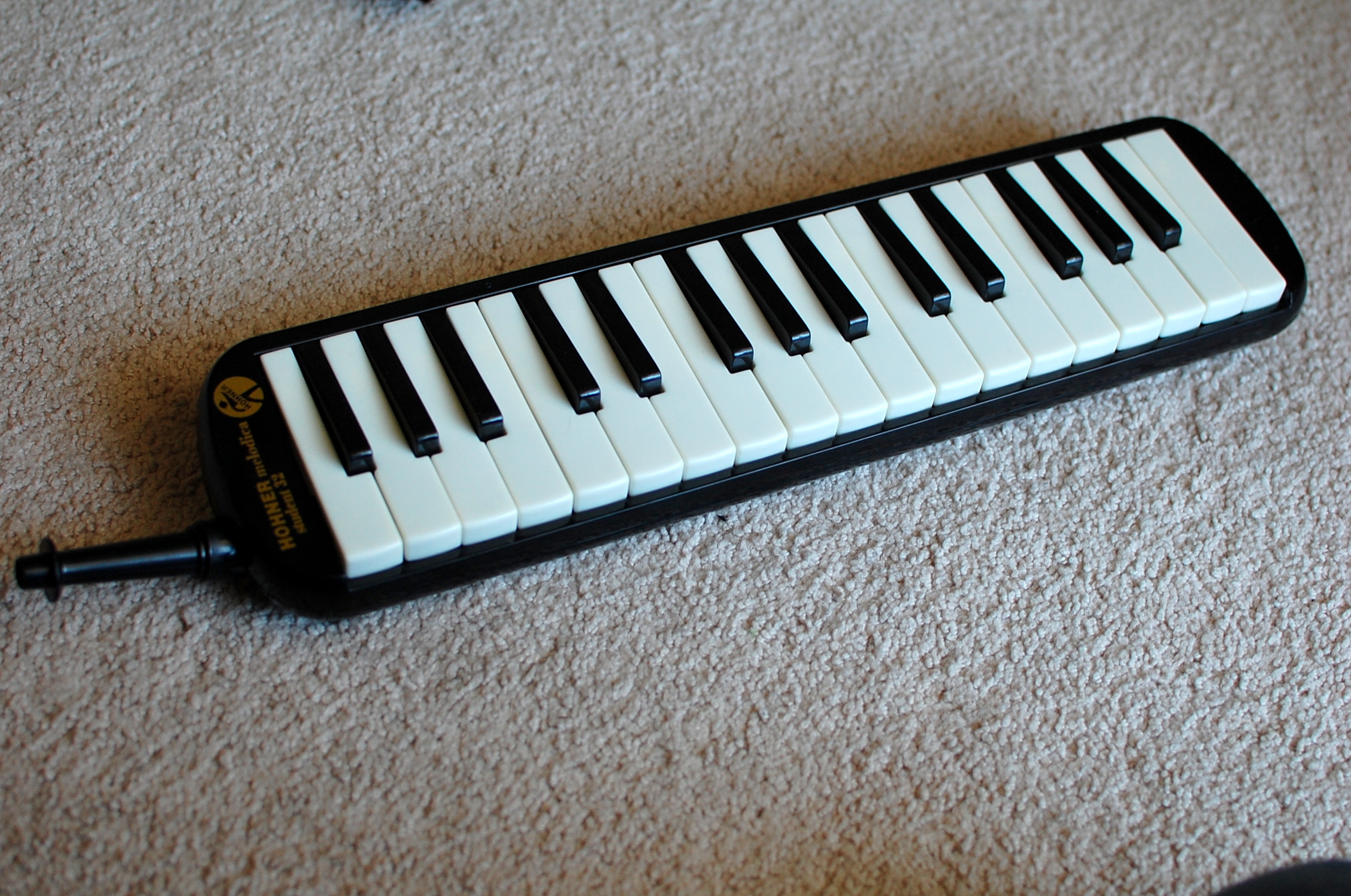
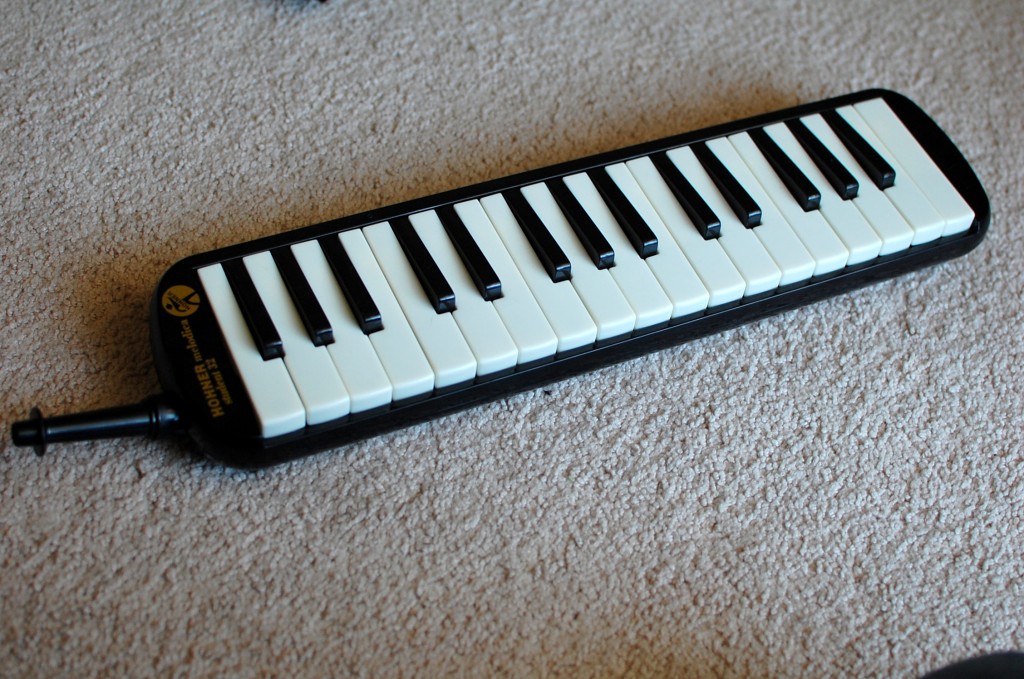
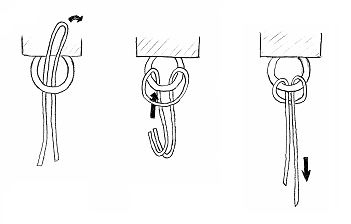

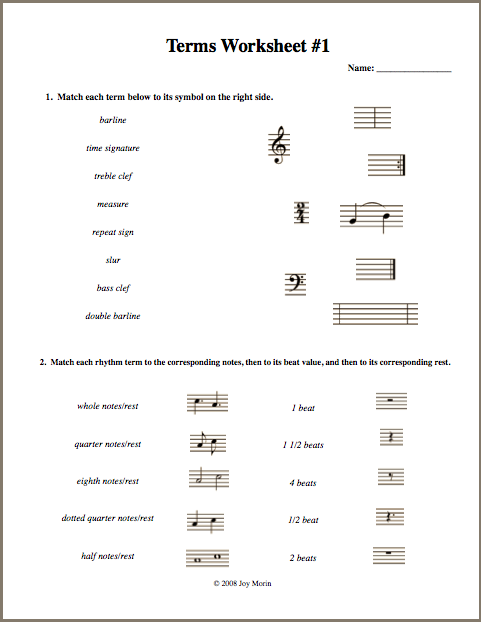
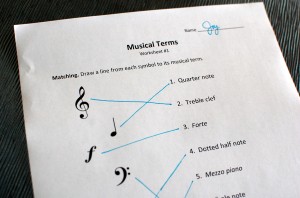 Just added to the
Just added to the 


 Developing a good sense of rhythm is one of the most challenging parts of being a piano teacher. It’s not something that arrives overnight, and it’s something that must be maintained as the student advances to music with more advanced rhythms and time signatures. It truly is something that must be developed.
Developing a good sense of rhythm is one of the most challenging parts of being a piano teacher. It’s not something that arrives overnight, and it’s something that must be maintained as the student advances to music with more advanced rhythms and time signatures. It truly is something that must be developed.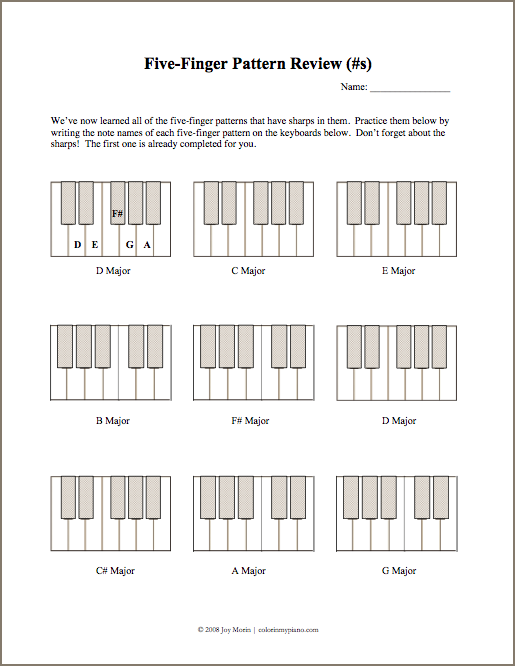
 Just added to the page of free Printables:
Just added to the page of free Printables: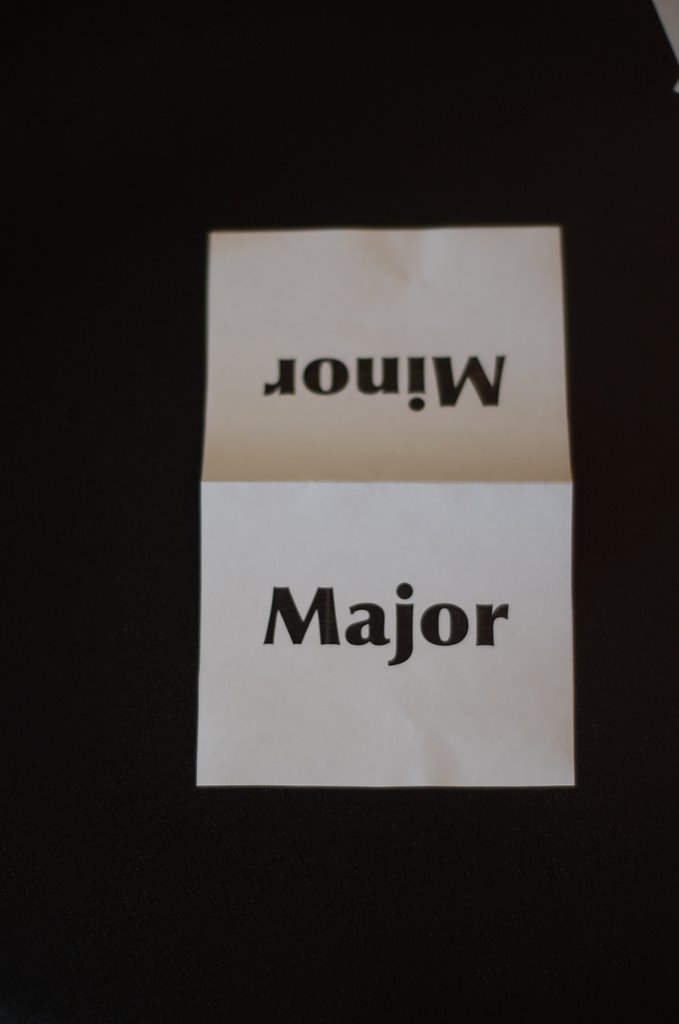
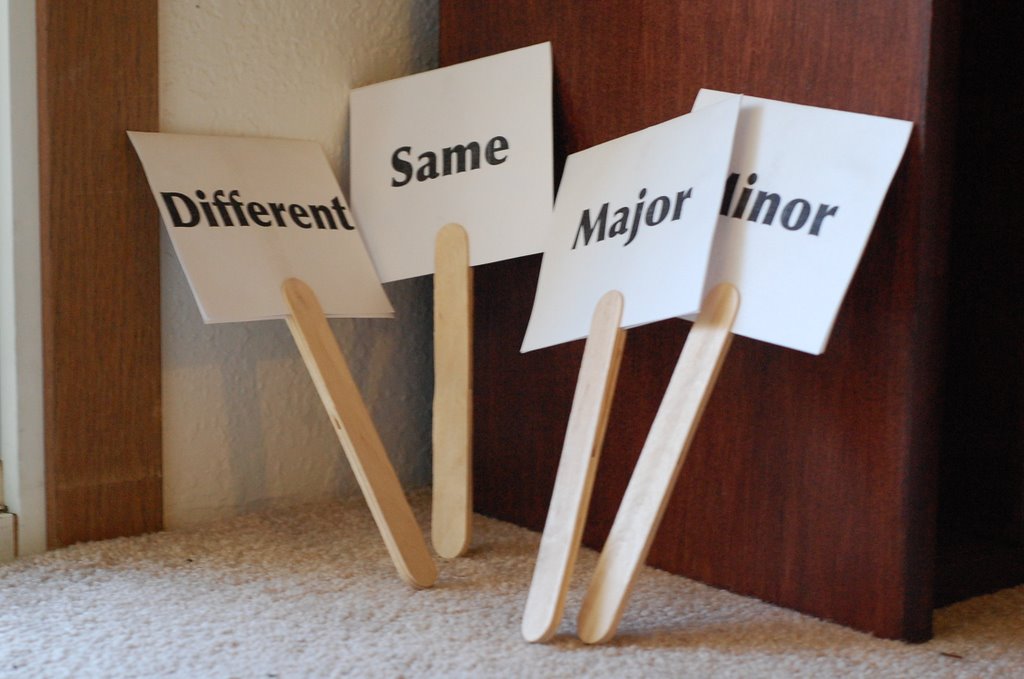

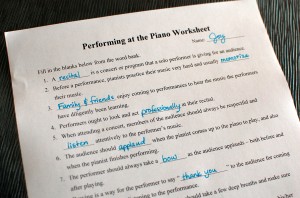 Just added: a new free, printable worksheet called:
Just added: a new free, printable worksheet called: